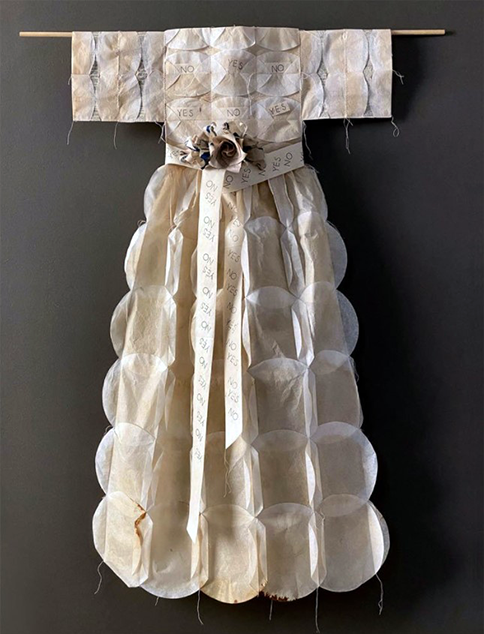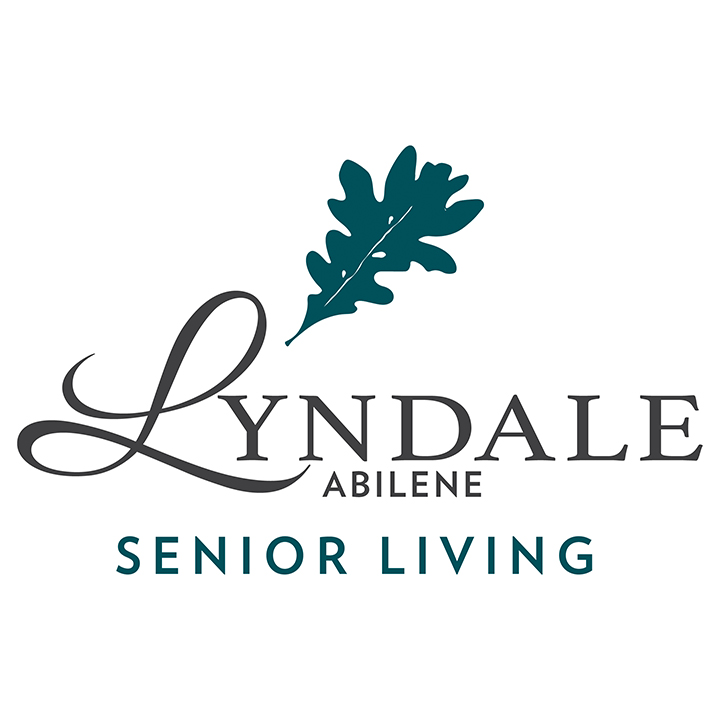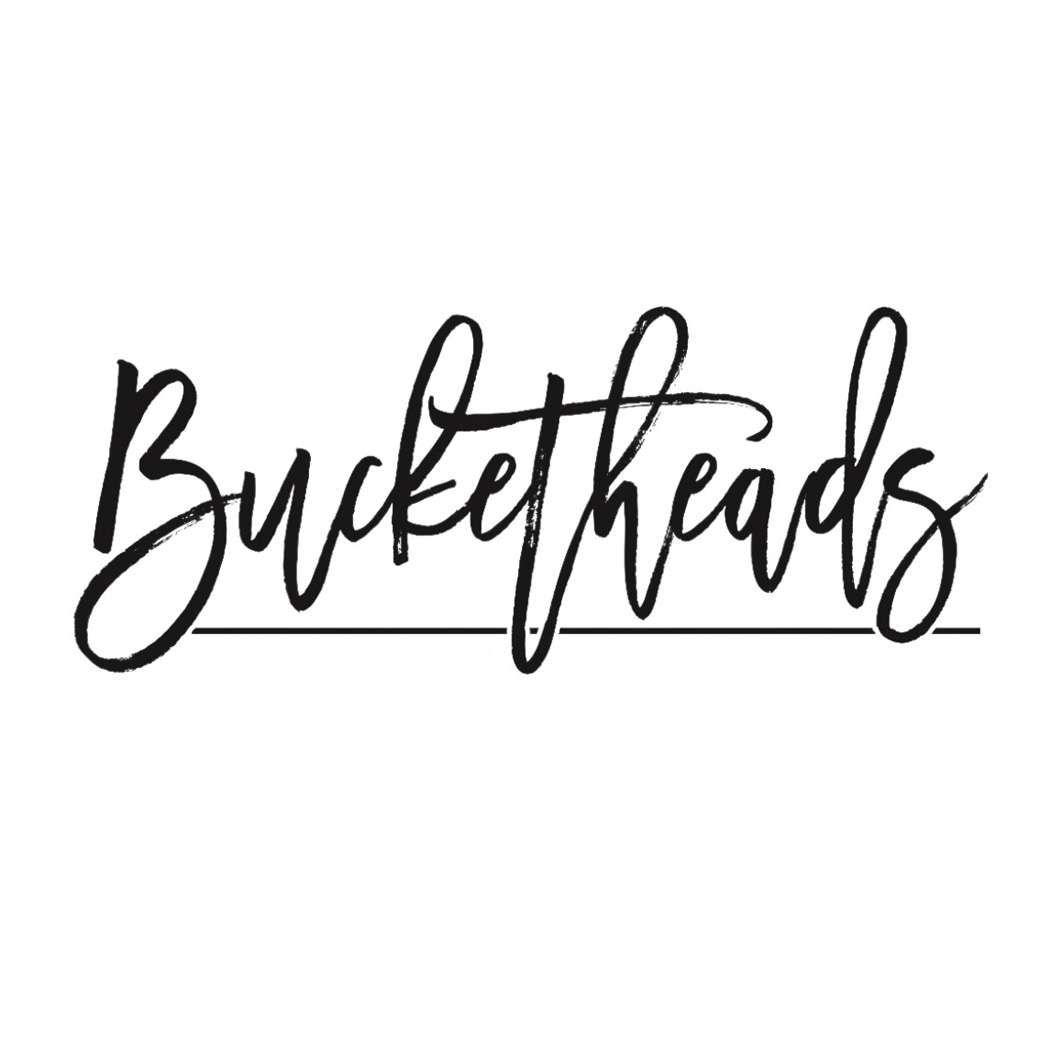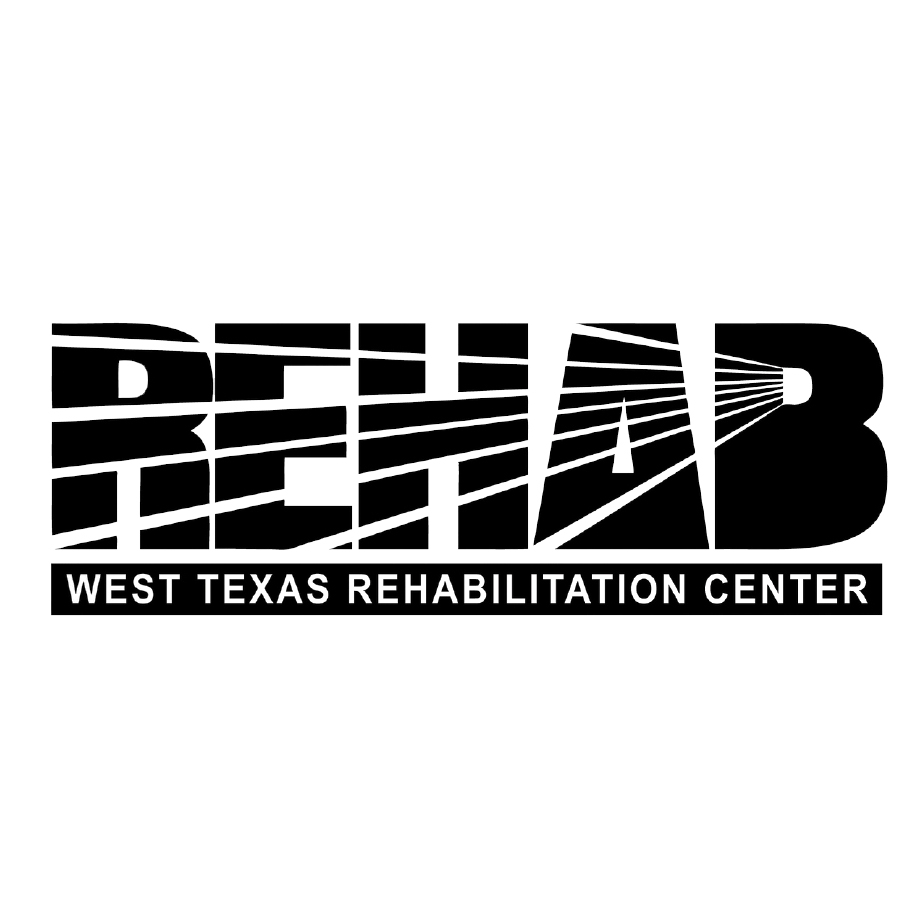Links between art and language can be traced all the way back to the earliest prehistoric pictures and symbols drawn onto cave walls by our ancestors. Over time, these symbols evolved into our known alphabets and later into complex languages.
In the old world, cuneiform pictographs were pressed into clay and parchment scrolls were used to document trade, events, and scientific discoveries. In fact, ancient scribes created the original bound book, a form that has been perfected and refined over many centuries to preserve our most valued and beloved written words.
Today, bound books are used for more than just research and reading. Some contemporary artists consider them an inspiring medium to build upon, tear through, and refabricate in order to create new and exciting work. Pages, text, images, binding – all are aspects of a book that artists can experiment with by deconstructing and reconstructing them piece by piece. 
The Grace Museum has curated a new series of art exhibitions that will get visitors contemplating the artfulness of books. A Shared Conversation: Art & Language features work by historic and present-day artists who creatively incorporate books into their art. The Museum’s own permanent art collection served as the foundation for this series, and many of the artist books, portfolios, and individual works included in the show are on view for the very first time.
Cara Barer salvages discarded or obsolete books and turns them into something new by means of water, clamps, string, staples and glue.
“I transform books into art by sculpting them, dyeing them and then through the medium of photography presenting them anew as objects of beauty.”
As books become increasingly disposable, Barer hopes to raise questions about the transient, exploitive, and fragile nature in which we now choose to gain knowledge and about the future of books in our current culture.
Anna Mavromatis, a native of Athens, Greece, draws on her background in fashion design, printmaking, and book arts to stitch together stories and reflections of her Greek heritage and family history. Her installation is a juxtaposition of the past and present and showcases her mastery of various printmaking techniques and surface decoration. Narrated through the colors of her homeland, Mavromatis expresses strong emotional connections to the photographs and mementos in her personal collection.
For more than a decade, language has been the focus of Simeen Farhat’s sculpture. Her inspiration first began with the prophetic words of poets in various Arabic languages. Later, she adopted the
alphabet of Germanic and Romance languages, including English. As the subject matter of her pieces moved from profound to text message jargon, Farhat continues to stylize the elegant fonts in her sculptures to the point that they are no longer legible, suggesting the complex contradictions found in everyday life.
According to the artist, “Words – written or spoken, understood or misunderstood, poetic or prosaic — are what motivate me to create my visual narrative.”
Each of these three artists has a solo exhibition now on view at The Grace Museum as part of their summer series, A Shared Conversation: Art & Language. Museum visitors can enjoy Cara Barer: Obsolescence, Anna Mavromatis: Material Culture, and Simeen Farhat: Scripted now through September 17, 2022.
Contributed By The Grace Museum


























Leave a Reply